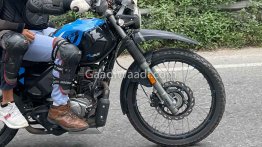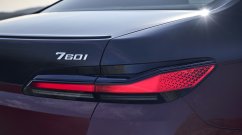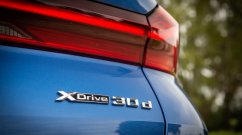The Hyundai Xcent successor, which is nothing but the three-box version of the Hyundai Grand i10 Nios, has been spied yet again in India. The latest set of images show the car's interior for the very first time.
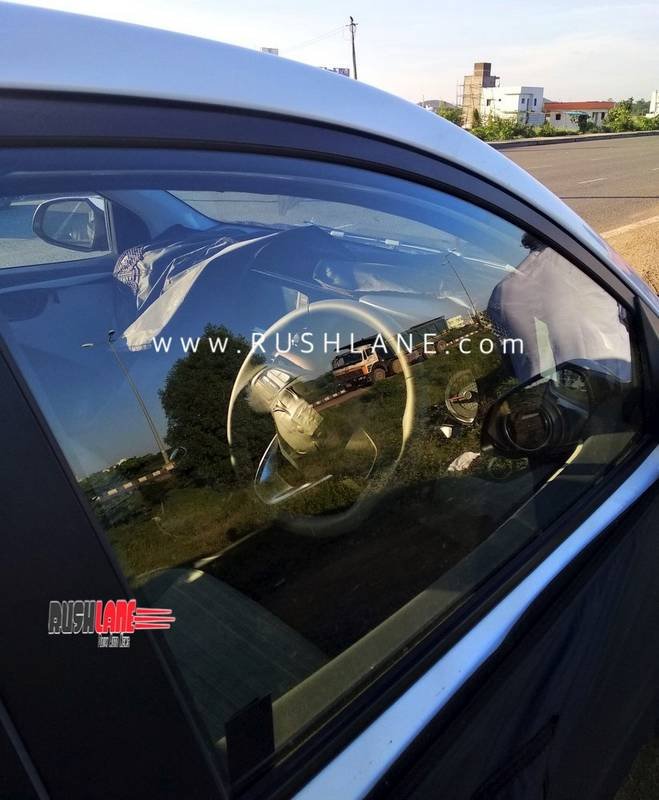
The Hyundai Xcent successor appears to have a cabin nearly identical to the Grand i10 Nios. Though the spy shots aren't clear enough, it is fairly easy to notice the similar blacked-out dashboard, steering wheel and turbine-like air vents. Furthermore, its seats get plusher leather upholstery and another major difference is the inclusion of the adjustable head restraints for the rear bench. All the interior changes have been targeted to make the car more premium and upmarket in comparison to its predecessor.
On the outside, the all-new Hyundai sub-4 metre sedan is bound to receive a fresh front fascia inspired by that of the Hyundai Grand i10 Nios. It will feature a contrasting honeycomb pattern on its cascading grille against the base car. Its updated grille also may house the boomerang-shaped LED DRLs added on to the edges.
The all-new Xcent will make use of sleeker and more modern-looking, projector headlamps and fog lamps which will now sit in a fully blacked-out triangular housing like on the hatchback sibling. Albeit, it will have a similar design as its hatchback cousin, but its rear fascia will understandably be changed with the addition of a boot. On the sides, it will roll on much sassier looking machine-finished alloy wheels.
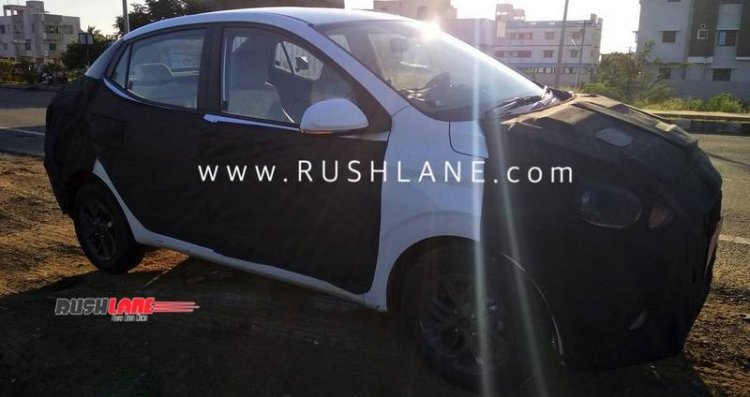
Also Read: Hyundai to launch a sportier Grand i10 Nios with a 100 PS engine in India
In terms of mechanicals, the Xcent successor will be offered with the BS-VI 1.2L Kappa petrol engine and the BS-VI U2 1.2L diesel engine (TBA). The former engine is rated to deliver 81 PS of maximum power and 114 Nm of peak torque, on the other hand, the oil-burner will likely deliver 74 PS and 190 Nm. Transmission duties will be handled by a 5-speed MT or a 5-speed AMT.
[Image Source: Rushlane]






